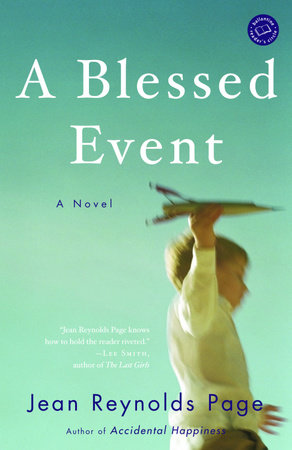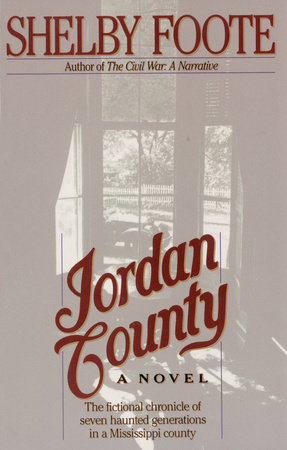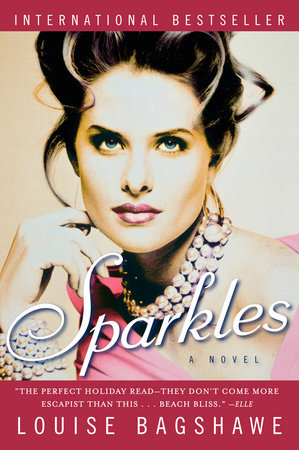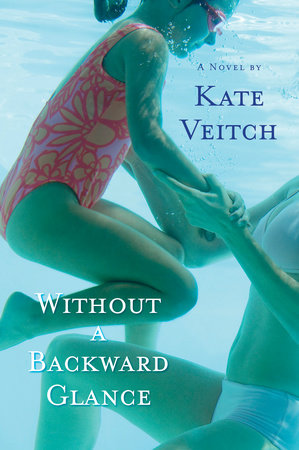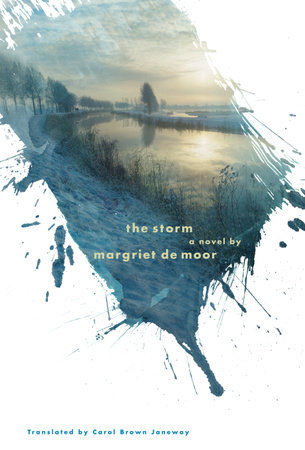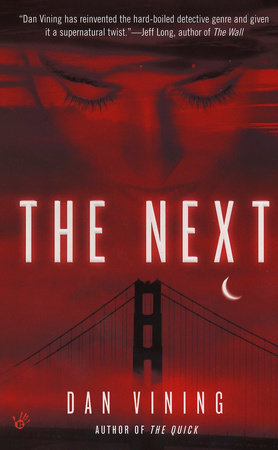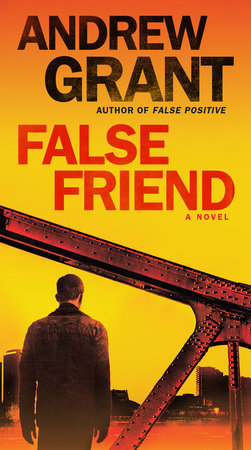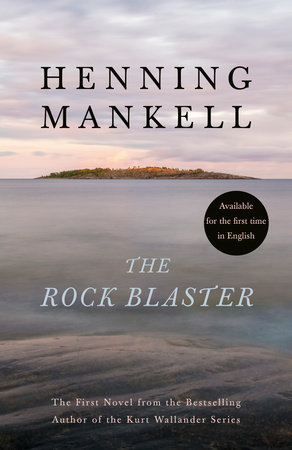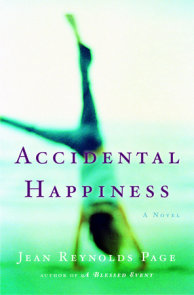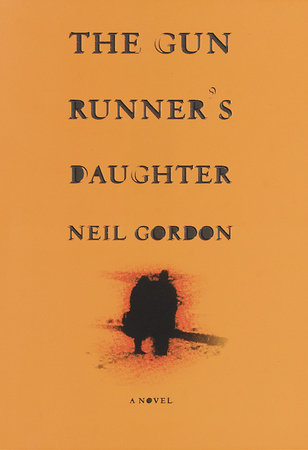Author Q&A
A CONVERSATION WITH JEAN REYNOLDS PAGE
Arielle Zibrak is a book editor and freelance writer who lives in New York City.
Arielle Zibrak: You were living in Texas at the time you wrote A
Blessed Event, and the story is set in Texas. Was this writing what you
know, or do you think there is something within this story that needed
to happen in Texas?
Jean Reynolds Page: The story, I hope, has universal themes of
friendship, family, and redemption. I don’t think it needed to happen
in Texas, but the Texas landscape and culture are so rich. I felt that
particular setting would offer wonderful possibilities. I need to place
my characters somewhere specific and identifiable. That way, I know
who they are and how they became who they are. Where you live
shapes you in so many ways. In Texas, the heat, the open sky, and the
special qualities of light that occur define life on a daily basis. Then
you have the disparate cultures—the Cowboy identity, the Southern
identity, along with all of the influences of Mexico that have now become
Texan too. These characteristics have melded into a unique environment.
I loved living there and I loved imagining there.
AZ: You began with a vivid scene of Joanne’s car crashing into Cal and
Darla’s bedroom. Did the whole story grow out of that image, or did it
come after you formed the idea for the story?
JP: A few months before I began writing A Blessed Event, I saw a
newspaper article about a car that had crashed into a house. It was a
different scenario entirely—the woman driving had been drinking and
an elderly couple lived in the house—but the drama of that image
stayed with me. I started with just that single snapshot in my head
and began to ask questions surrounding it. What if the woman in the
car had some connection to the people in the house? What if some
element of mystery surrounded her motives for being out on the road
so late at night? The idea of the baby came later, but really, I started
with that one moment—a single event that changed lives in an instant.
AZ: What parts of the novel were easier to write, and what parts came
more slowly?
JP: I feel fortunate that, for the most part, the writing came consistently.
However, I did tend to skirt around a couple of scenes in the
first draft because I felt shy about writing them. For instance, the
scene where Cal and Joanne are “together” at Darla’s request. I initially
alluded to the scene without actually writing it in a flashback.
My writers group, friends I met through writing workshops at Southern
Methodist University, called me on the omission. They basically
said, “We’re not buying that this could happen unless we see what led
up to it and how it came about. We need to see the conflicted emotions
in Darla as she allows herself to put this in motion.” They were
right, but it was a difficult scene to realize because the characters had
to walk such a thin line of credibility. The truth of the entire narrative
rests to some degree on the reader believing that Darla could be desperate
enough in that moment to ask this of Jo and Cal, and that those
two could each love Darla enough to go along with it.
AZ: As a teenager, Darla feels her endometriosis is a punishment for
her behavior. As she gets older, she feels guilt connected to her infertility.
How did Darla’s reproductive problems shape her character as
you wrote the novel?
JP: In the flashback scenes, Darla’s medical problems define her early
sexual experiences: It hurts, so it must be bad. As she grows older, she
sees herself as flawed, or damaged, because of the baggage that comes
with making love. In some ways, she lives vicariously through Joanne.
In terms of sex, Jo has none of Darla’s physical or emotional pain.
Then later, of course, Darla realizes that the medical condition has
taken away her ability to have children. All of her resentment and
anger at life and at God become channeled in this single-minded obsession
to have a child. So in many ways, the illness chooses the most
disastrous paths for her. Leaving Sean, asking Jo to sleep with Cal . . .
so many wrong turns come as a result of the confusion and pain from
the condition.
AZ: Sean is a priest who was once a hormone-driven teenager, Peggy
is a lawyer who was once a pot dealer. How do you think these transformations add depth to the characters?
JP: I feel that the truest picture of any human being comes when
you look at the contradictions in that person and then reconcile them
somehow. Sean and Peggy, while completely different in their paths,
possess compassion that comes from having had lives outside the
sanctuary and the courtroom. Sean, in particular, needed to be a fully
realized character. His counseling needed to be more than platitudes.
My hope was that in showing the different periods of Sean’s life, he
would become three-dimensional, a true citizen of Darla’s world rather
than an archetype. However, I wanted to keep his nature consistent
throughout his transformation, and the one thing that remains the
same—from Sean’s adolescence into his adult years—is his ability to
love fully, with genuine commitment. First with Darla, and then later
with God, Sean offers himself completely and with integrity.
AZ: The strength of Darla and Joanne’s friendship is a driving force
throughout the novel. What were your inspirations for these two connected
women and their relationship?
JP: People ask me if I had a friendship that was anything like Darla
and Jo’s. I had good, close friends throughout high school, college, and
after, but I never had that intense kind of friendship that continued
and deepened through all the phases of my life. I watched people who
did, and I was always fascinated and a little envious. I speak of Darla
and Jo in terms of twins. And like twins, friends who are that close
seem to have their own language, a private place where only they exist.
In some ways I always wanted to have that when I was growing up,
although, as with any genuine commitment, there are conflicts and
limitations that occur when offering that much of yourself to one person.
I finally found that kind of bonding and friendship with the man
I married—which came with far less baggage and fewer conflicts than
Darla and Jo experienced!
AZ: Darla worries that Cal only loves the part of her that was shaped
by Joanne. This fear is so great that she hesitates with her answer to
his proposal. Do you think friendships as close as Darla and Joanne’s
compromise the friends as individuals?
JP: I believe we are all shaped by the people in our lives. If you’re
lucky, the people you allow close to you—the ones who define you the
most—bring out your best qualities. I see Darla and Joanne as filling
in gaps for each other that would have been there anyway. That’s what
makes their relationship strong and intense. I see them completing
each other in a number of ways. For example, Darla has a crisis of
faith, but also a very close relationship with her father. Jo is estranged
from her father, but maintains a strong sense of herself spiritually. By
the end, I wanted the women to resolve these aspects of life for each
other. Even after Jo is gone, Darla is able to achieve a certain reconciliation
for her with Larry. On the other hand, Jo’s faith, which continues
throughout the turmoil of her life (and later continues through
young Joe), begins to bring Darla full circle with her own spirituality.
Throughout the book, the women fill in the missing parts of each
other.
AZ: There are a lot of issues raised in the legal battle that occurs in
A Blessed Event during the custody trial. Did you consult with lawyers
while writing the book? What did you hope to accomplish in this particular
part of the narrative?
JP: I have always been intrigued by the law, how it is really more
about perceptions than about absolute rules. I talked with a couple of
wonderful lawyers as well as with a writer friend, a clinical psychologist
who has testified in cases having to do with domestic disputes,
and they all suggested that Darla’s case had wide open possibilities.
One lawyer said, “This is one where the judge would shake his head
and say, Why did I get this one? In the end, I wanted the courtroom
scenes to reflect the damage done to all the individuals involved, win
or lose. Darla wins, but is subjected to hearing her life described in
very cold and negative terms. This happens in front of her mother, her
husband, and everyone else. At that point, she has to confront what
her obsession has cost the people she loves.
AZ: Cal is a wonderful character because we, as readers, never quite
know how we feel about him. Do you see him as sympathetic? Did you
envision him as a good husband?
JP: I think Cal wants to be a good husband, and he believes for a
while that giving in to Darla’s obsessive need for a child—at any cost—
will ultimately make him a better partner for her. He didn’t factor in
the damage that, in hindsight, was inevitable. I’ve had wildly varied
responses to Cal from readers: Some people see him as the victim,
while others see him as the cause of the entire mess. One reader went
so far as to suggest that Darla was weak and driven to have a baby—
essentially, not in her right mind—and that Cal took advantage of this
in order to sleep with Jo. Other people see Darla as horrible and manipulative, leaving Cal to sort through and make sense of her mistakes. I felt sympathetic to all the main characters in the book. This only
deepened for me as the story progressed. I felt that, through some terrible
lapses in judgment on everyone’s part, they stumbled into an
awful mess, and then had to find a way out of it with their souls intact.
I believe they all succeeded in doing that—even Jo. To me, this represents
the essential hope of the story.
AZ: When Joanne and Darla are young, they blame Mr. Timbro entirely
for Joanne’s problems, while his wife is handled as a timid bystander.
How did you envision Mrs. Timbro’s role in Joanne’s childhood? Why do Darla and Joanne not criticize her for her failure to intervene?
JP: Early on, Darla is surprised by Mrs. Timbro’s failure to step in on
Jo’s behalf. Joanne, of course, already knows what Darla finds out by
the end of the book: that Joanne had a major role in aggravating the
conflict with her dad, and that Mrs. Timbro felt torn and tortured
when the two people she loved continued to hurt each other. As chil-
dren, we assume that the way our parents behave is normal, because
it’s all we know. As Jo gets older, I think she wants to protect and
change her mother, to make her more assertive. She becomes determined
never to remain passive like her mother, and this fuels her disputes
with her father. Both Darla and Jo underestimate the love and
devotion that the Timbros have for each other, and the fact that their
marriage actually works for them on their own terms.
AZ: When Sean tells Darla that Joanne was considering entering the
order, Darla marvels that she led the two people closest to her to contemplate full-time religion. What place does religion hold for Joanne and Sean? Why did you choose to use it as a haven for both of these characters?
JP: For people who have been raised with religion in their lives, it
seems that the response to huge problems elicits either a tighter embrace
of those beliefs or an angry rejection of them. If, in your very
center, you’ve been taught that God plays a role in what occurs in your
life, you have to do something with that notion when difficult things
happen. For Sean, who had a basic optimism about life, Darla’s rejection
brought him face-to-face with larger questions of purpose and
existence. He needed to find a positive channel for the hurt because
that was his essential nature. Joanne reached the same kind of faith by
walking backward into it. Her need for a consistent, loving, forgiving
authority led her to trust God in ways that she had always wanted to
(but never could) rely on her own father. Religion is ultimately an extremely
personal path, and I believe people can arrive at the same
place with completely different stories to tell about how they got
there.
AZ: Why did you decide to end with a scene of Darla waiting for Joe
to come home, instead of ending with Joanne’s funeral? What did you
want this last scene to communicate to the reader?
JP: Growing up in a small town in North Carolina, I saw a lot of lives
from a very close perspective. Small towns allow that in a way that
cities don’t, in my opinion. I saw people go through things in the
course of normal life that should have destroyed them. The loss of
children, marital affairs, businesses that went under, and some in-
stances of widespread humiliation and embarrassment from private
mistakes that became very public. Then I went off to college and
moved away. When I came back I saw those same people, still living,
going to work, with various kinds of family put together or kept intact
under all kinds of circumstances. Some of them had found happiness
and most had found some balance in life. The resiliency of life began
to strike me as a remarkable occurrence. I wanted to end Jo and
Darla’s story with the most positive thing to come out of all the pain
and the mistakes: Joe. I wanted to demonstrate the resilient qualities
that kept Darla from being destroyed and that kept Jo from being completely gone from her life.
AZ: Are you working on a new novel now? What lessons from A
Blessed Event were you able to take with you to this next endeavor?
JP: Like A Blessed Event, my new book Accidental Happiness has relationships at the heart of it. It focuses on how people find what they need by allowing other people to walk with them through their challenges.
While writing A Blessed Event, I learned to follow the characters
rather than lead them. Once characters become three-dimensional
and have natures of their own, they don’t proceed in service of the
plot, but they must react according to their natures to the circumstances
in the plot. If actions start occurring that are contrary to a character’s true nature, the novel begins to read like a play-by-play of a chess tournament. The main character in Accidental Happiness is Gina, a young woman who has been a widow for only three months. Suddenly, her late husband’s ex-wife arrives with a child, a daughter whom Gina never knew existed. Gina is forced to deal with how much responsibility she is willing to assume for a life her husband led before she even met him. What Gina doesn’t count on are the ways that she begins to be healed by these unwanted intrusions. The wrong turns and corrections that I had to make while writing A Blessed Event saved me a lot of frustration with Accidental Happiness. In other words, I was able to go a shorter distance down a deadend path before turning around.
